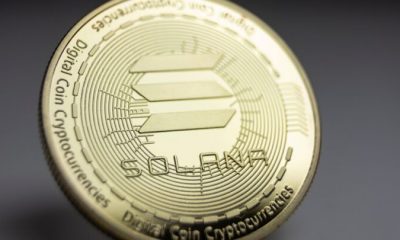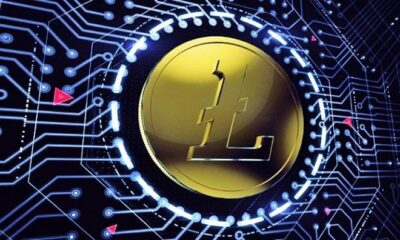
Solana and Cardano are two of the most popular blockchains in the cryptocurrency world today. Both blockchains have improved in the eyes of DeFi creators and users, and they are regarded as among the blockchains that will lead the next phase of cryptocurrency development and global adoption. However, the performance of Solana and Cardano begs the question, which is superior?
To provide the most objective and unbiased answer, one would need to investigate the specifics of both blockchains and compare certain features that impact them and their users. The following are the most important considerations:
Speed (Transactions per Second, TPS)
Solana is frequently regarded as the fastest blockchain network. Solana is capable of performing 50,000 TPS. To validate transactions, Solana employs a hybrid of Proof-of-Stake (PoS) and Proof-of-History (PoH). The PoH makes it easier to validate network blocks in a short period of time. Cardano also has a PoS mechanism in place, and its network speed was tested in 2017 at 257 TPS. In the speed debate, Solana easily defeats Cardano.
Staking
Cardano outperforms Solana in terms of staking rewards. On Binance Earn, Solana has a flexible staking rate of 0.78 percent APY, compared to 0.48 percent for Cardano. Binance offers 9.2 percent APY for staking for a locked 30 days, while Cardano offers 5.09 percent. After 60 days of locked staking, Solana earns 9.9 percent APY, while Cardano earns 7.79 percent. Solanas takes the prize thanks to a higher staking reward rate. Cardano, on the other hand, recently reached a new milestone in terms of the amount of ADA staked on its network. More than 73% of its circulating supply is staked.
Security
The RUST programming language was used to create Solana. This language provides a solid foundation for transaction security. Solana has a Tower Byzantine Fault Tolerance Algorithm (BFT) that serves as a safety net for the Solana ecosystem. Cardano employs a layered blockchain architecture comprised of two major components: the Cardano Settlement Layer (CSL) and the Cardano Computational Layer (CCL) (CCL). The CCL ensures Cardano’s network security and the stability of smart contracts at all times.
Network Fees
The average transaction fee for Solana’s SOL is $0.00025, while Cardano’s ADA can reach $0.40. Although these costs are lower than those of most other blockchains, particularly Ethereum, many users may prefer much lower transaction fees.
Usability
Both Solana and Cardano allow smart contracts and NFTs to be traded on their platforms, but Solana has a stronger DeFi presence. On Solana, over 400 smart contracts are currently in use, with more on the way. Cardano intends to launch DApps that use its Plutus smart contract platform, Marlowe DEFI platform, and Haskell programming language to improve smart contract deployment.
Solana appears to be the better blockchain, despite being the underdog in terms of market capitalization when compared to Cardano. Of course, the debate will continue because both networks will continue to update their features in order to provide the best experience for their users.









